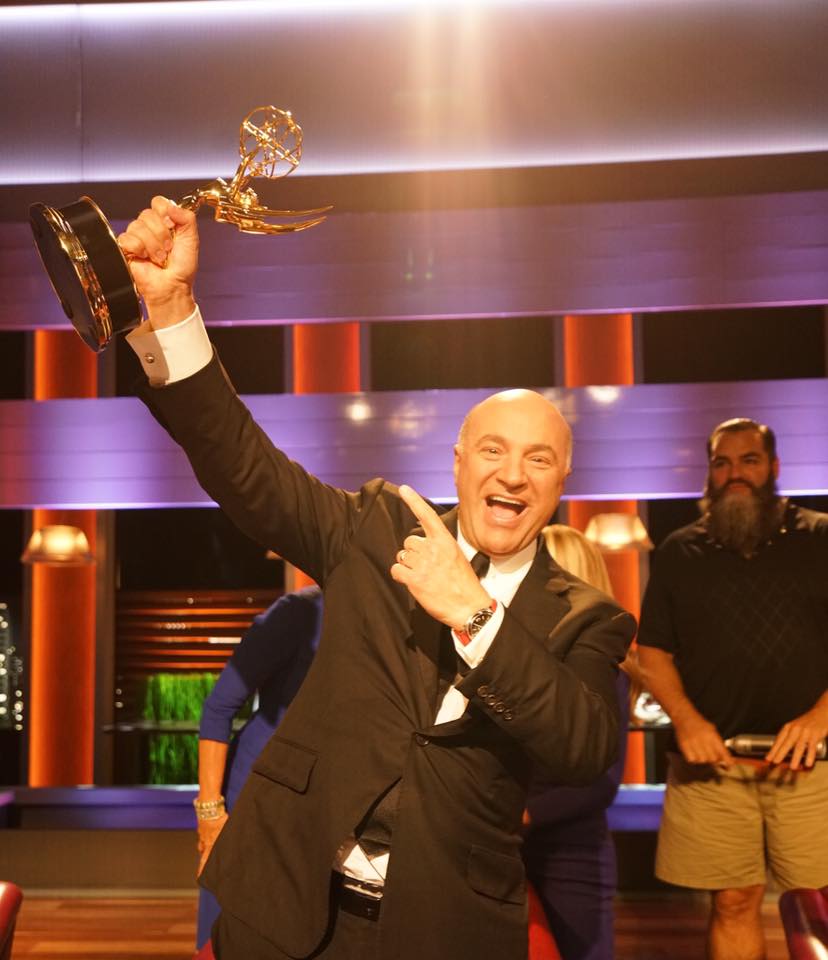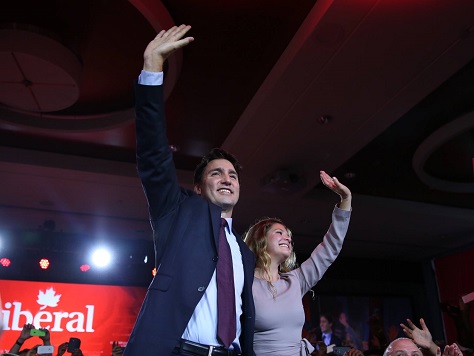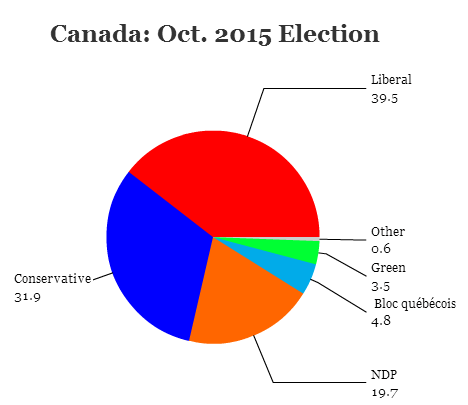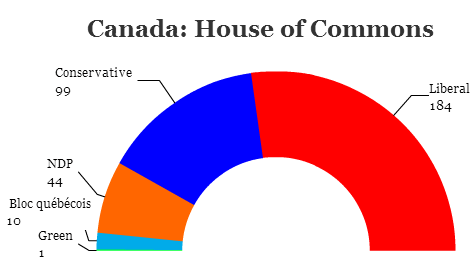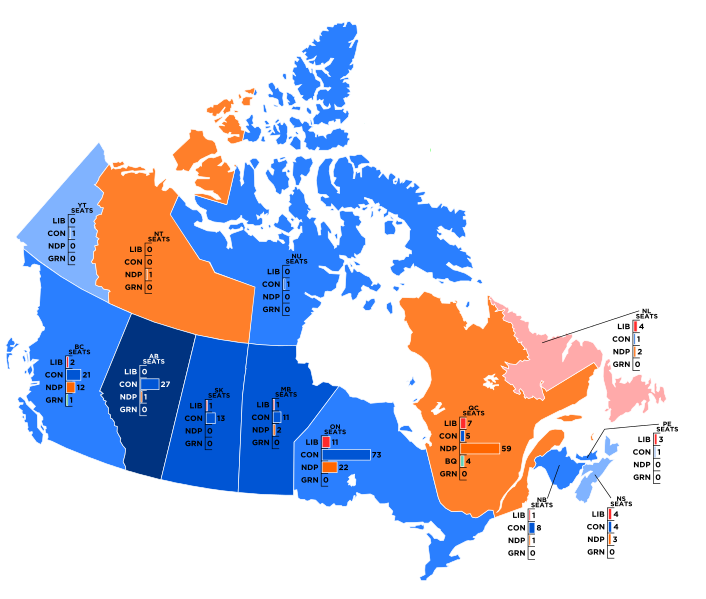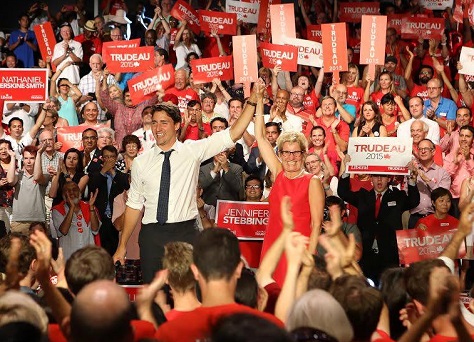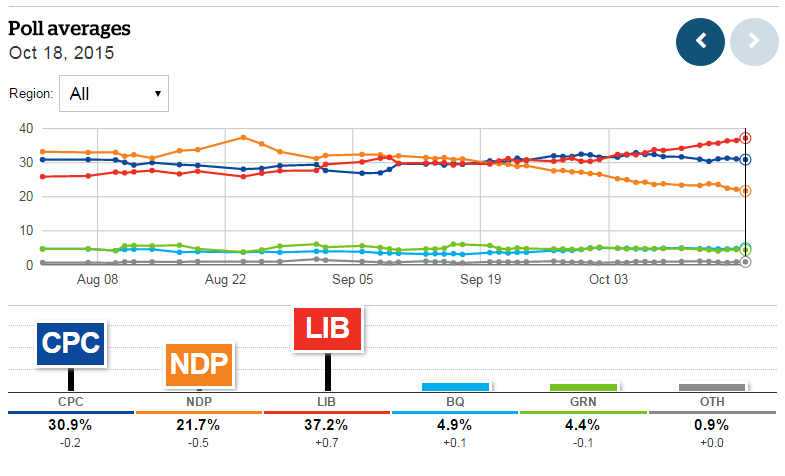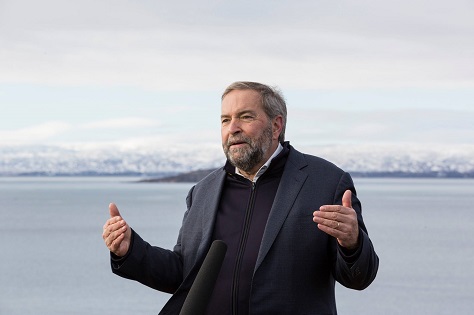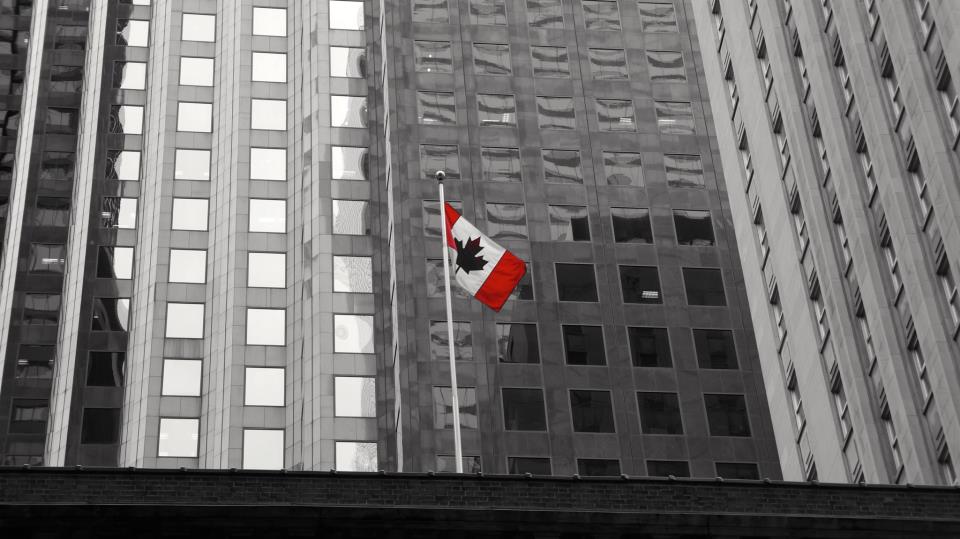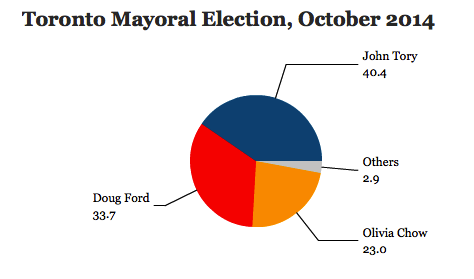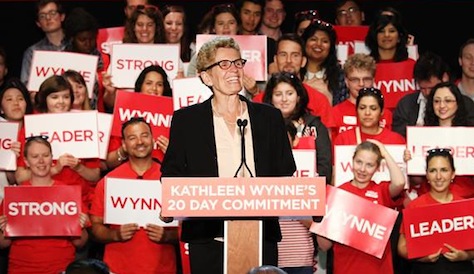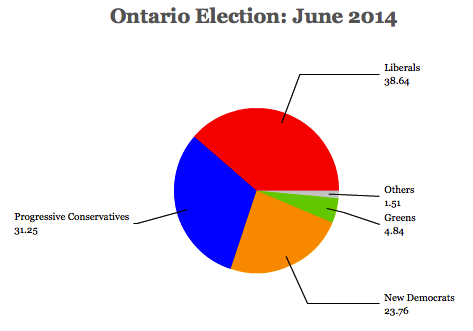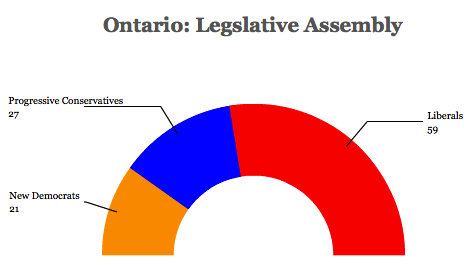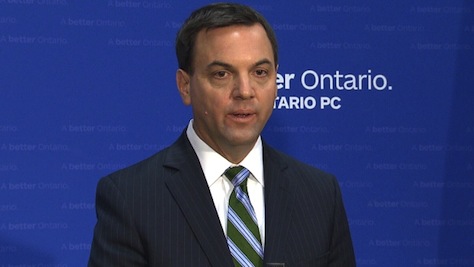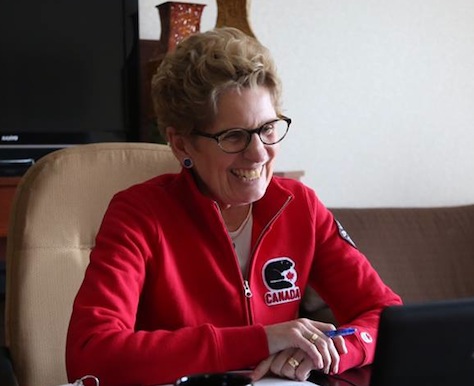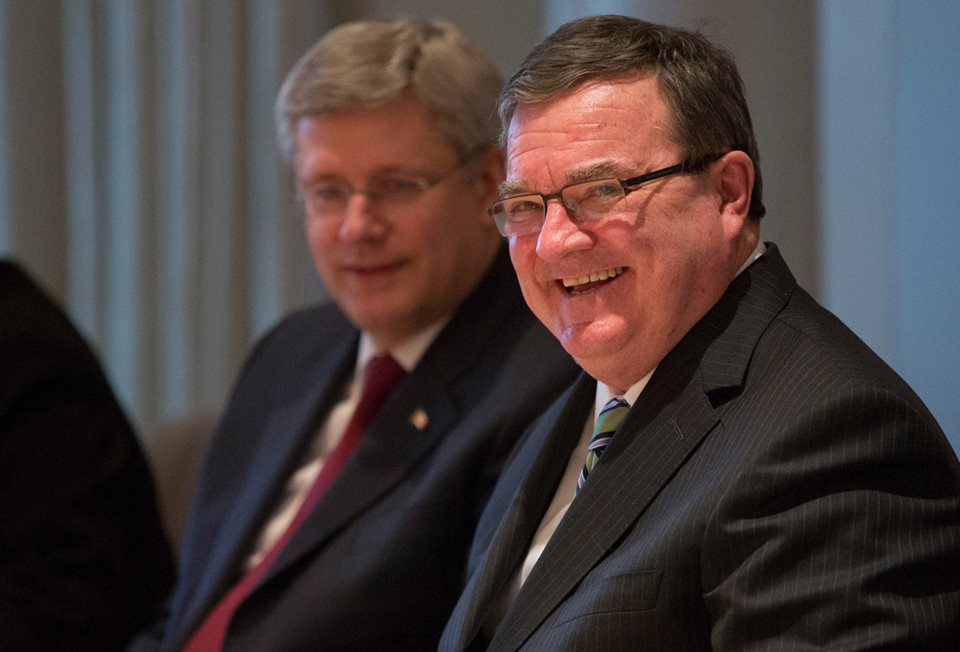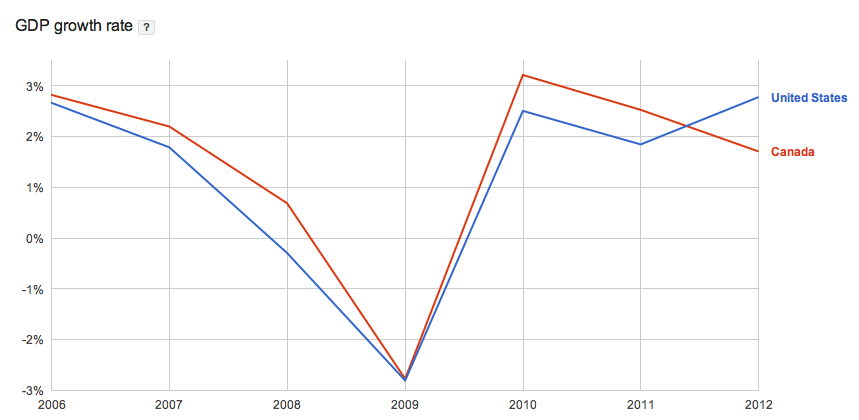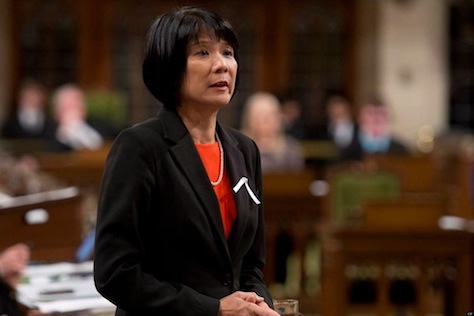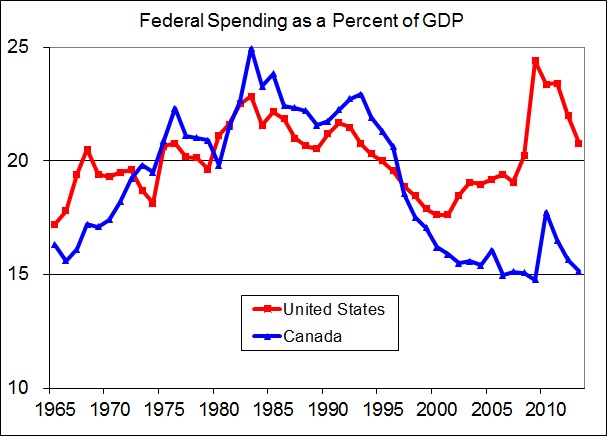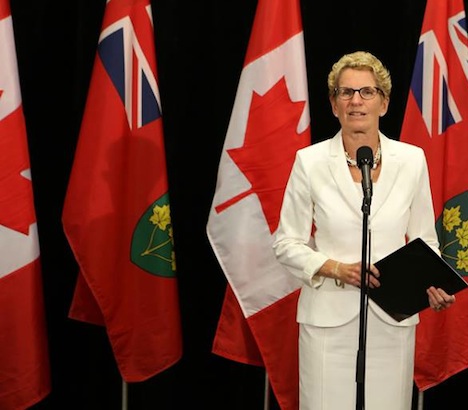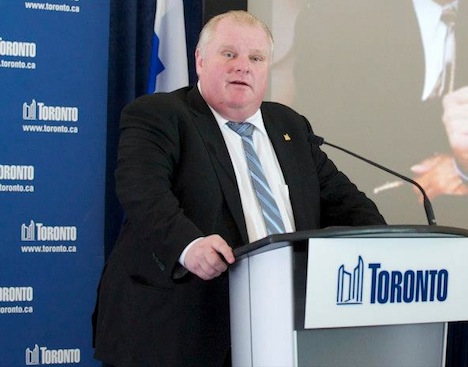
There’s no city with more people in Canada than Toronto, and in all of North America, there are just three cities that are more populous — México City, New York and Los Angeles.

Their mayors include Miguel Ángel Mancera, the latest in a line of Mexican center-left leaders in a position that’s seen as a stepping stone to the Mexican presidency; Antonio Villaraigosa, a former speaker of the California State Assembly; and billionaire Michael Bloomberg, the Democrat-turned-Republican-turned-independent. Even the fifth-most populous city in North America, Chicago, has a mayor in Rahm Emanuel who was a previous U.S. congressman and White House chief of staff.
Enter Rob Ford, who was elected mayor of Toronto in October 2010, a former city councillor who’s often taken pride in his anti-urban views over the years. Canada (and much of North America) has been in a frenzy since Thursday night, when Gawker published a report stating that its reporter had been to Toronto, talked to a man who purportedly filmed Ford smoking crack cocaine and is looking to sell the footage to a news outlet. Gawker is now trying to raise $200,000 to buy the video and publish it online. A photo accompanying the Gawker report purports to show Ford in the process of buying and smoking crack cocaine.
As a resident of Washington, DC, it seems doubly insane to me that a major big-city mayor in North America would take such a reckless risk in light of the sensational conviction of our own former mayor Marion Barry for crack cocaine possession in 1990 (for the record, Barry had no advice for his beleaguered Toronto counterpart). It’s not the first time that Ford’s made headlines, though, since his victory in the October 2010 municipal election — here’s a list of 42 highlights (or lowlights) of the Ford era from The Toronto Star. It’s not the first time that Ford’s made headlines for substance abuse, and he admitted during the mayoral campaign to having a 1999 conviction for DUI and marijuana possession despite earlier denials.
Josh Barro at Bloomberg View has a great summary of how exactly such a relatively conservative and anti-urban was elected mayor of Canada’s biggest (and decidedly left-of-center) city, and much of it has to do with the 1998 amalgamation of the wider Toronto metropolitan area, including not just what was the older City of Toronto, but the six surrounding municipalities as well. Barro quotes Canadian political consultant Jim Ross on the reasons Ford won:
From 2003 to 2010 Toronto was governed by a green-left former councillor named David Miller, and a lot of his initiatives were perceived by suburban Torontonians as favouring downtown over suburbs, and specifically favouring bikes over cars. There was also a well justified perception of wasteful spending and personal overindulgence by downtown councillors, a very expensive retirement party for one of them was often cited. Rob Ford was elected as a reaction by the suburbs against what was perceived as a city hall hostile to their lifestyles and careless with their tax dollars.
But the urban-suburban divide is becoming an even more pronounced part of Toronto city politics, and 15 years on, the Ford scandal highlights whether amalgamation is working at all and, more fundamentally, whether Torontonians are empowered to choose a representative municipal government. It’s made Toronto a case study on the political geography of urban elections and city governance.
The 1998 amalgamation brought together the former core of urban Toronto with five additional surrounding municipalities — East York, Etobicoke, North York, Scarborough, and York. It was directed not by Toronto but by Ontario’s provincial government, then headed by Progressive Conservative premier Mike Harris as a cost-cutting exercise, and it was always unpopular among Toronto residents, who widely opposed it in a February 1997 referendum.
Harris’s government nonetheless pushed forward, and the first mayoral election in November 1997 for the amalgamated Toronto pitted the more conservative incumbent mayor of North York, Mel Lastman, against the incumbent progressive New Democratic Party (NDP) mayor of the former, smaller city of Toronto, Barbara Hall. Lastman defeated Hall by a decisive margin, due to his support in the more suburban municipalities outside the urban core, where Hall won. Though Lastman was reelected virtually unopposed in 2000, the same dynamic repeated in November 2003, when Miller defeated conservative John Tory, based again on support that came largely from the downtown Toronto core.
But the urban/suburban divide reemerged in November 2010, when Ford faced a less-than-stellar candidate in George Smitherman, a member of the Ontario provincial government under Liberal premier Dalton McGuinty. Ford ultimately defeated Smitherman by 47.1% to 35.6%, assisted in part by the fact that Miller’s deputy mayor Joe Pantalone won nearly 12% of the vote, splitting the ‘anti-Ford’ vote, but a ward-by-ward election map shows just how divided downtown Toronto remains from the rest of the greater Toronto municipality:

Even more than in 1997 and in 2003, the 2010 election played out along geographic lines — the boundary between Smitherman territory and the boundary between Ford territory largely parallels the boundary of the old pre-1998 City of Toronto.
Toronto’s politics are especially interesting because it is a rapidly growing city with a largely immigrant face, given that nearly one out of every two residents in Toronto was born outside Canada. What’s more is that the immigration wave includes all sorts of ethnicities — while South Asians and Chinese predominate, the Toronto immigration wave certainly also includes Africans, other Asians, Latin Americans and Arabs as well, many of whom have come to Toronto since 1997 and live both within and outside the borders of the pre-1998 city. In many ways, Toronto is a model city that’s attracted immigrants in a way that points to the future of Canada and even, perhaps, the United States and Europe as well.
Continue reading Rob Ford’s crack cocaine scandal, urban politics, and the new face of 21st century Canada →
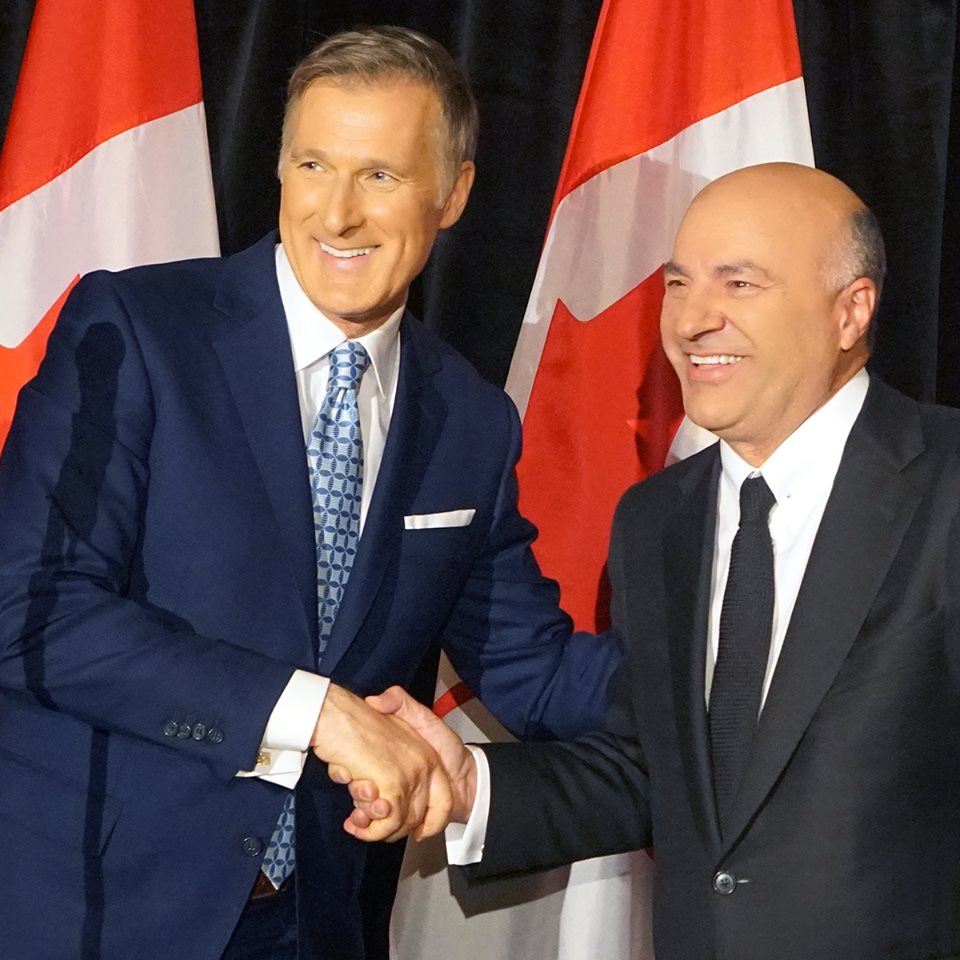
![]()
